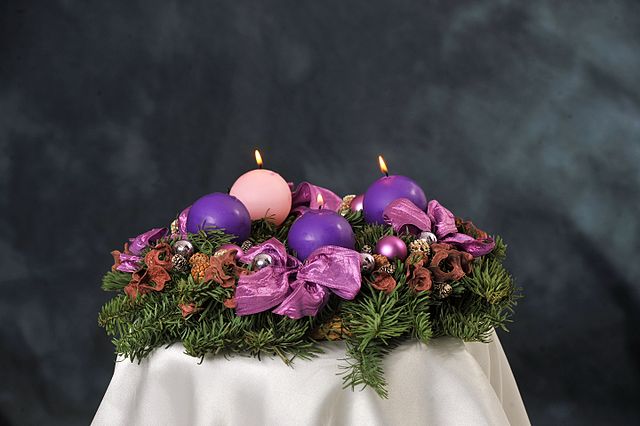
Christmas Before Victoria
What Was A British Christmas Like Before The Victorian Era?
The blueprint for our modern Christmas, complete with trees, cards, gifts, turkey, decorations, and a grand Christmas Day celebration, was arguably laid down during the Victorian era. It certainly hasn’t always been what we have today. So, what was it like before the Victorians?
‘Tis The Season To Be Jolly’
The reality is that prior, there was no centralised tradition for celebrating Christmas, and customs often varied according to region, social status, and wealth.
Before the 19th century, Christmas was celebrated as a longer season rather than the 2-3 day event we know today. It lasted 12 days from Christmas Day to January 5th, known as Twelfth Night. In other parts of the country, the festive period extended for an entire month, beginning on St. Nicholas’s Day (6th December), during which gifts were exchanged, and continuing through to Twelfth Night.
For the wealthy, Christmas in the Georgian and Regency eras (1714 to 1830) was a time of continuous celebration, featuring open houses, lavish suppers and extravagant balls. It resembled what we now think of as a social season, much like the one depicted in Bridgerton. Charitable acts were also important, particularly on Saint Thomas’ Day (21st December), when poor widows, especially those affected by the Napoleonic wars, could go ‘thomasing’ knocking on doors to seek alms or food.
On Christmas Eve, both the wealthy and the poor would gather holly and evergreens to bring indoors, a tradition that celebrated the return of longer days. Wreaths and garlands were crafted, and the tradition of kissing under the mistletoe was observed. Christmas Day itself was a time to dispel winter’s gloom. A candle was lit to symbolise warmth and light, and the Yule log (an actual wooden log, not the dessert) was brought in from the woods and lit using a piece from the previous year’s log. Christmas dinner was a sumptuous affair, featuring fowl, mince pies, cheese, and other delicacies, shared with family and friends. The next day, December 26th, Saint Stephen’s Day, was dedicated to charity, when servants and tenants received Christmas boxes of gifts or money, giving rise to the name “Boxing Day.”
The twelfth night marked the end of the Christmas season, celebrated with a party that included singing, dancing, mulled wine, and games like apple bobbing. It was also the day when festive greenery was removed from homes and burned, as it was considered bad luck to keep it indoors after this date.
The Impact Of The Commonwealth And Protectorate
Just a few decades before the Georgian era, between 1647 and 1660, Christmas was effectively banned in the UK under Commonwealth/Protectorate legislation. This suppression of festive celebrations was highly unpopular, leading to riots in Kent and other parts of the country. Despite the ban, many people reportedly continued to celebrate Christmas in defiance of the law.
Before the Victorian era, Christmas in Britain came in many forms, differing by class and region. While the wealthy enjoyed lavish feasts, balls, and extended party seasons, the poor tended to focus more on receiving charity and communal gatherings but spent most of their time working!
If you are interested in studying History, Oxford Open Learning offer the chance to do so at several IGCSE and A level, listed below. You can also Contact Us.